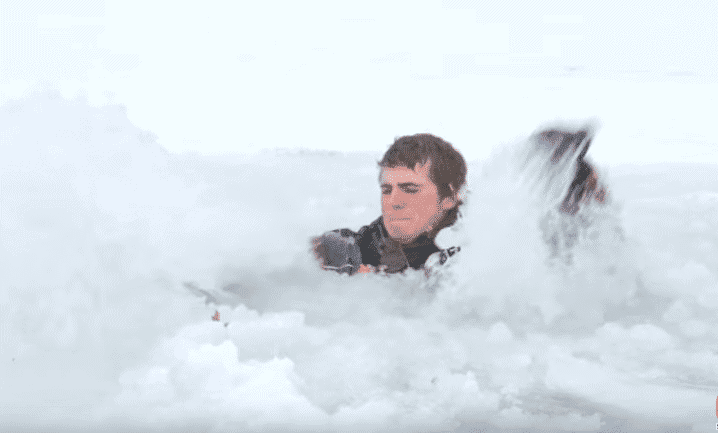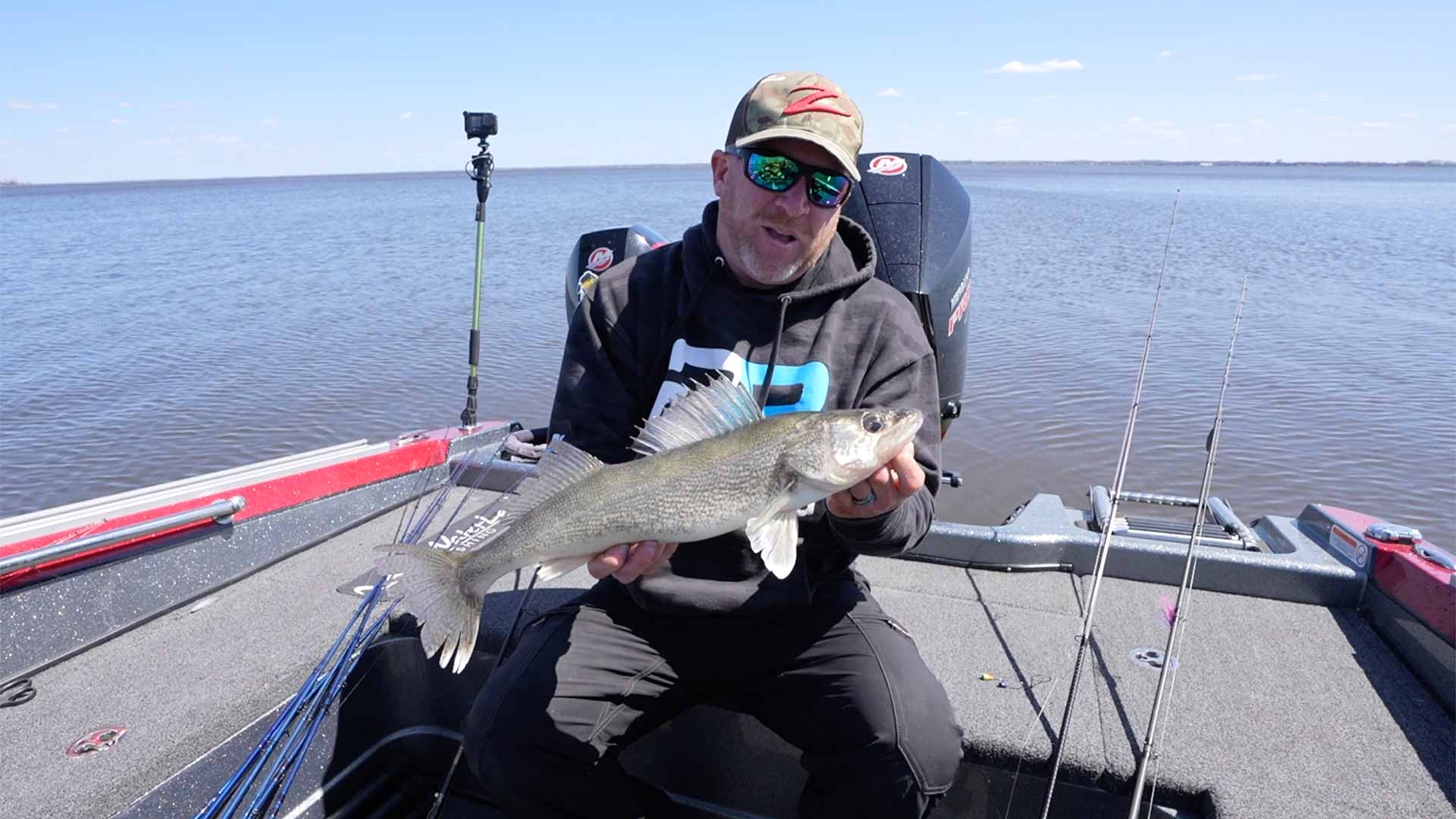During first ice there are many dangers present. Keep yourself safe during this time by minding these rules of ice safety.
Ice Safety
Every year in the northern states, people tragically lose their lives because they break through the ice and are unable to get out. While rescue teams are prepared for a quick response, the time it takes for them to arrive can vary significantly depending on the location. Therefore, it is crucial to be prepared and take precautions when venturing onto the ice.
Guidelines for New Ice
First and foremost, it is important to understand that ice is very unpredictable. Therefore, it is essential to exercise caution and follow these guidelines for new ice:
- Four inches of ice is generally safe for walking.
- Five inches of ice is recommended for a small snowmobile or ATV.
- Eight to twelve inches of ice is necessary for a small car.
- Twelve to fifteen inches of ice is required for a medium-sized truck.
Recognizing Signs of Bad Ice
It is crucial to learn how to recognize the signs that indicate bad ice. These signs can exist throughout the entire season and include:
- Early ice on lakes with springs
- Areas with current
- Large bodies of water with ice sheets
- Abandoned spear fishing holes
- Late season honeycombed ice
- Shifting ice on big lakes
By being aware of these signs, you can make informed decisions and avoid dangerous situations on the ice.
Steps for Self-Rescue
In the unfortunate event that you break through the ice, it is important to remain calm and follow these recommended steps for self-rescue:
- Remain calm: Panicking can make the situation worse. Take deep breaths and try to stay calm.
- Turn towards the direction you came from: This is the strongest ice and will give you the best chance of getting out.
- Grab the ice picks: If you have ice picks in a holster on your suit, retrieve them.
- Dig the points of the ice picks into the ice: Use the ice picks to create leverage and pull yourself onto the surface.
- Vigorously kick your feet: While using the ice picks, kick your feet to propel yourself forward onto the ice.
- Roll away from the area of weak ice: Once you are on the surface, roll away from the area where you broke through. This will distribute your weight and help prevent further breaks.
- Get to shelter: After getting out of the water, it is crucial to find shelter as soon as possible.
- Seek warmth and dry clothing: Hypothermia can set in quickly, so it is important to warm up and change into dry clothing immediately.
Always Be Prepared
The key to staying safe on the ice is to always be prepared. Here are some additional tips to keep in mind:
- Carry ice picks: Always have ice picks with you when venturing onto the ice. These tools can be lifesavers in the event of an emergency.
- Check the ice thickness: Before going onto the ice, check the thickness using an ice auger or by drilling a test hole. This will give you an idea of the ice’s strength and safety.
- Tell someone your plans: Always let someone know where you are going and when you expect to return. This way, if something goes wrong, help can be alerted.
- Dress appropriately: Wear warm clothing and dress in layers to protect yourself from the cold. It is also important to wear a life jacket or a flotation device for added safety.
- Avoid going alone: Whenever possible, go with a buddy. Having someone with you can provide assistance in case of an emergency.
- Stay away from alcohol: Alcohol impairs judgment and increases the risk of accidents. Avoid consuming alcohol when going onto the ice.
Conclusion
In conclusion, ice safety is of utmost importance when venturing onto frozen bodies of water. By following the guidelines for new ice, recognizing signs of bad ice, and knowing the steps for self-rescue, you can greatly reduce the risk of falling through the ice. Remember to always be prepared, carry ice picks, check the ice thickness, and inform someone of your plans. By taking these precautions, you can enjoy the beauty of winter while staying safe on the ice.










